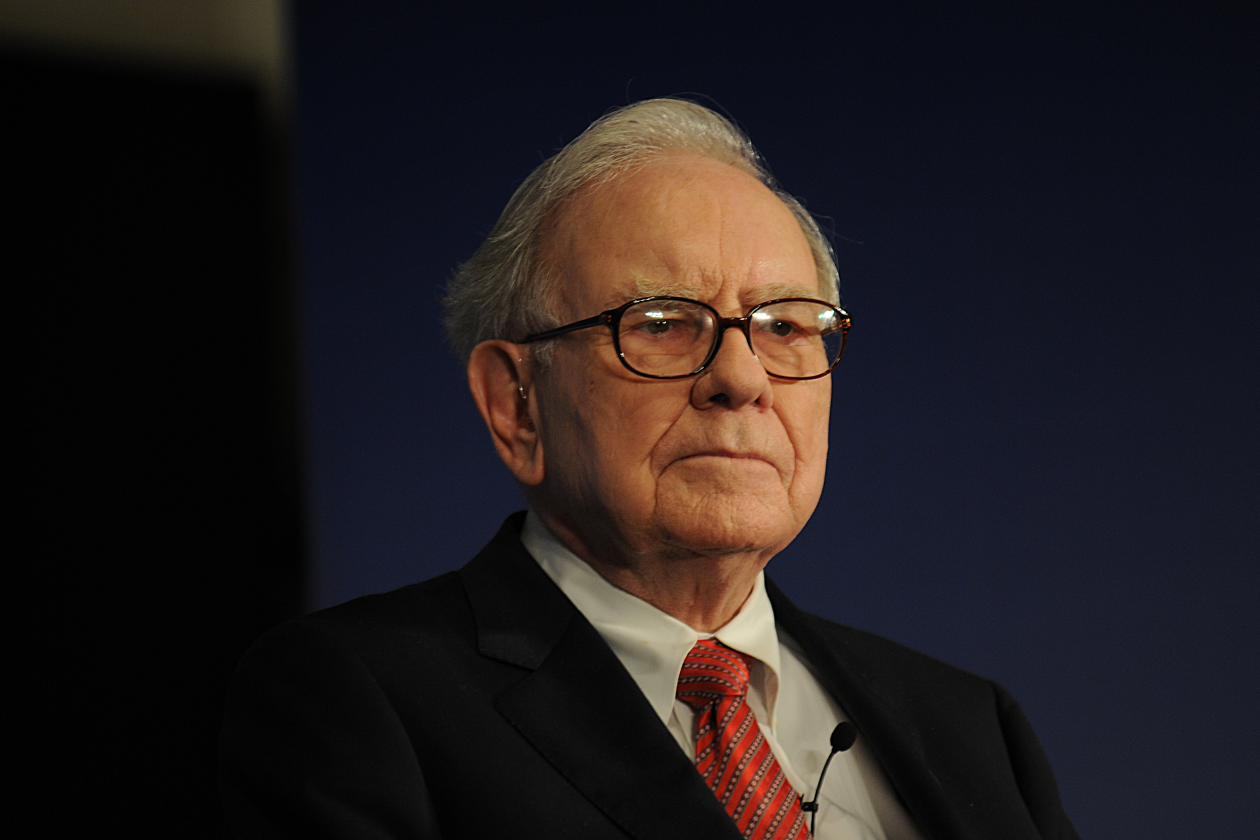Warren Buffett coined the term ‘American tailwind’ referring to a combination of different things – like a favourable legal framework and tax regime, and high levels of innovation that makes the US attractive.
This idea is supported by the significant long-term outperformance of the US stock market against the rest of the world. Of course, there aren’t any guarantees that this will go on.
US stock market vs the rest of the world (31/12/99 to 04/03/24)
US stock markets are close to all-time highs. With a fierce election coming later this year, and the timeline for Federal Reserve rate cuts seeming to move ever later, investors should be prepared for some ups and downs.
While things can change, we think the US will stay pro-business. Here are three companies we think are well-placed to deliver further shareholder value.
Investing in an individual company isn’t right for everyone because if that company fails, you could lose your whole investment. If you cannot afford this, investing in a single company might not be right for you. You should make sure you understand the companies you’re investing in and their specific risks. You should also make sure any shares you own are part of a diversified portfolio.
This article isn’t personal advice. If you’re not sure an investment is right for you, seek advice. Investments and any income from them will rise and fall in value, so you could get back less than you invest. Ratios also shouldn’t be looked at on their own.
Caterpillar
For almost a century Caterpillar’s been building mission-critical heavy machinery, leading to its position as one of the world's most valuable brands.
There are three key pillars underpinning the business model – Construction Industries, Resource Industries and Energy & Transportation.
We can find positives in all three. Infrastructure spend has tailwinds from government-related investment in the US. For mining equipment, commodity prices have come down, but are still high enough for continued investment.
Longer term, we see more demand for materials helping support the global energy transition. Caterpillar's product range can support that. There are also innovative solutions brought to the table with autonomous mining vehicles which have so far increased productivity by 30%.
In Energy & Transportation, demand for oil and gas related products could well be peaking. It's in the more environmentally-friendly offerings that we see longer-term potential. Innovations like green hydrogen generators can help end customers meet their climate-related objectives.
However, a potential change of government in the US later this year could pose some threat to momentum here.
Running across all three segments is the services offering, where Caterpillar does repairs and upgrades throughout its products' life cycles. This helps support revenue streams and is an offering that's gone from strength to strength.
Free cash flow guidance has recently improved which helps to ease the pressures that the heavy debt load brings. As a mature business, it can stomach a higher debt load, and levels relative to profits have been steady over time.
Caterpillar offers indirect exposure to a range of end markets where we see growth drivers. Looking further out, we’re still confident in the longer-term industry growth drivers, and we like Caterpillar as a business leader.
The valuation sits a little below the long-term average while the level of demand finds a level to settle at, so we do see uncertainty in the near term.
Lockheed Martin
With geopolitical tensions running high, global defence spending is at record levels and the US has the world’s biggest defence budget by quite a way. Future growth levels will partly depend on the outcome of the election, but a change of government could potentially drive spending even higher in both the US and overseas.
This would be a further tailwind for one of the world’s leading aerospace and defence companies, Lockheed Martin. It's got to this position with a combination of organic growth and buying up competitors. But the watchful eye of competition authorities means that material merger & acquisition activity is probably off the table for now.
Growth hasn’t been shooting the lights out in recent years, but the enormous $160bn order backlog does help provide earnings visibility. That gives breathing space to develop next-generation deterrents, like hypersonic missiles, and futuristic laser-beam based anti-missile systems.
It’s also looking to leverage advances in communications technology to improve connectivity between its space, maritime and air systems.
However, development cycles in the defence arena are long.
One key product, the F-35 fighter jet launched in 2006. Technical issues continue to hold back deliveries, but Lockheed is stockpiling production which could help accelerate sales once the aircraft showcases its full capabilities.
Lockheed Martin is planning to buyback a further $4bn of its own shares in 2024, albeit slower than last year. The financial position looks strong enough to support current levels of expenditure and ongoing efforts to cut its obligations to the employee pension scheme. Of course shareholder returns are never guaranteed though.
The valuation is relatively undemanding compared to peers. And industry-leading cash generation underpins a prospective dividend yield of 3.0%, which also compares well to other quoted companies in the space. Even after a planned expansion in capital expenditure. Remember yields are variable, not guaranteed nor a reliable indicator of future income.
McDonald’s
It’s hard to think of a more iconic US brand than McDonald’s. From relatively humble beginnings it’s now one of the biggest restaurant chains in the world.
The business model, where most operating costs are fronted by franchisees, means that growing the global estate of over 40,000 restaurants, needs relatively little capital from head office. There’s still the potential to increase the global footprint, with some 1,600 net openings targeted in 2024, but there’s still other growth levers to pull on.
Cash conversion over 90% means most of the profits feed into cash for the business to either spend or return to shareholders. McDonald’s has been spending on revitalising stores, while still improving its digital presence.
The group boasts operating margins in the mid-to-high 40% range. If inflation keeps moderating, we think there’s potential to build this out a little further.
However, such a global scale also comes with challenges.
There’s a hefty debt pile and while we’d like to see more focus on bringing that down, investors might also be attracted by the 2.3% dividend yield.
McDonald’s has raised its dividends every year since 1976. Analyst forecasts suggest a modest increase in 2024, which doesn’t seem unreasonable compared to expected rate of earnings growth. Remember though, yields are variable and no dividend is ever guaranteed.
McDonald’s has proven to be a resilient business in difficult times, but lately there’s been some weakness in certain markets, namely the Middle East and China. But overall, we think the valuation, sitting at just a little above the long-term average, doesn’t look too demanding.
This article is original Hargreaves Lansdown content, published by Hargreaves Lansdown. It was correct as at the date of publication, and our views may have changed since then. Unless otherwise stated, estimates, including prospective yields, are a consensus of analyst forecasts provided by Refinitiv. These estimates aren’t a reliable indicator of future performance. Yields are variable and not guaranteed. Investments rise and fall in value so investors could make a loss.
This article is not advice or a recommendation to buy, sell or hold any investment. No view is given on the present or future value or price of any investment, and investors should form their own view on any proposed investment. This article has not been prepared in accordance with legal requirements designed to promote the independence of investment research and is considered a marketing communication. Non-independent research is not subject to FCA rules prohibiting dealing ahead of research, however HL has put controls in place (including dealing restrictions, physical and information barriers) to manage potential conflicts of interest presented by such dealing. Please see our full non-independent research disclosure for more information.
Mint / Contributor via Getty Images



